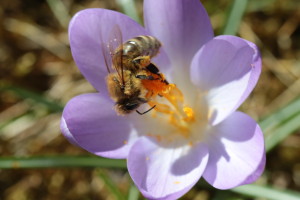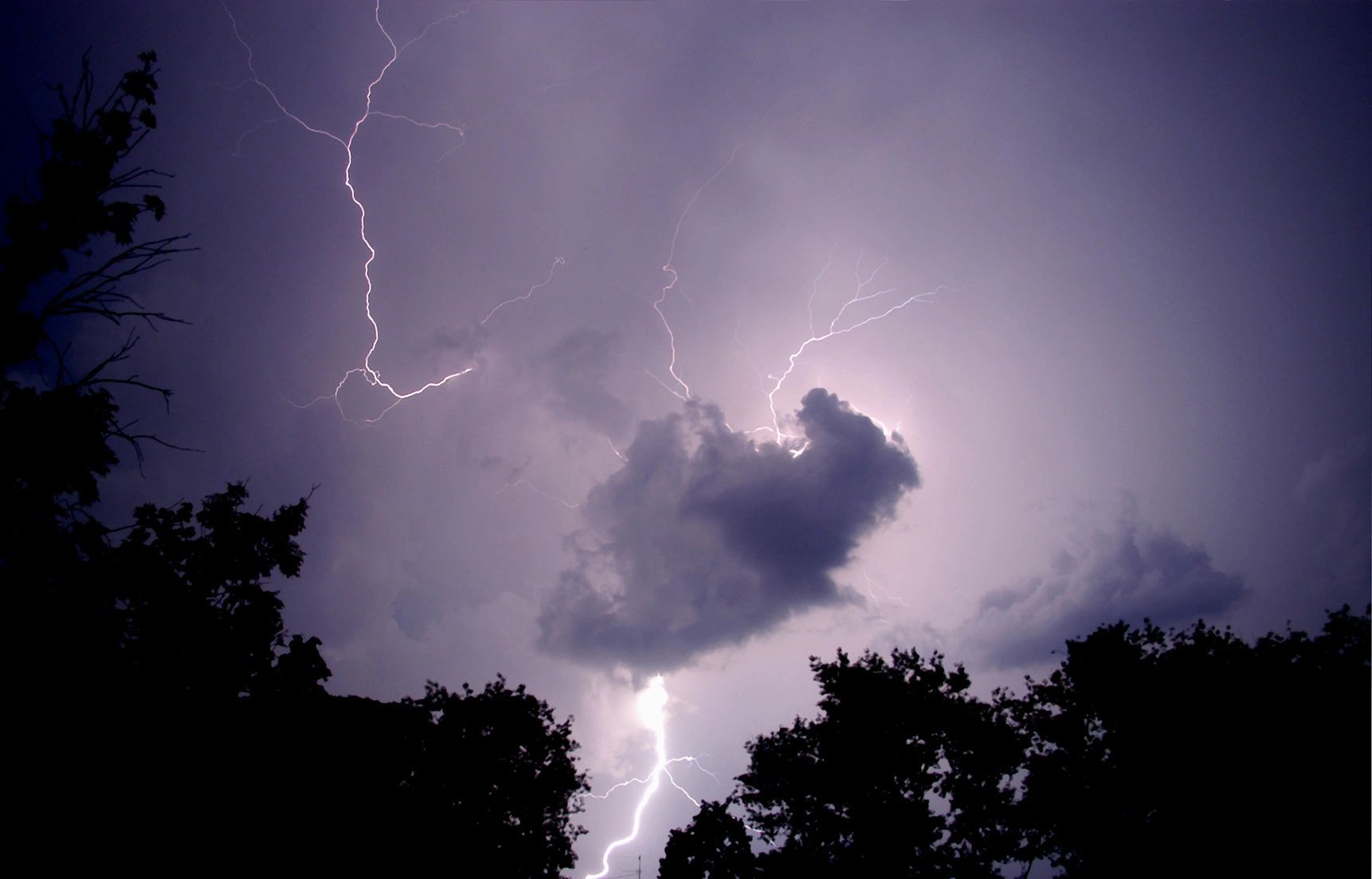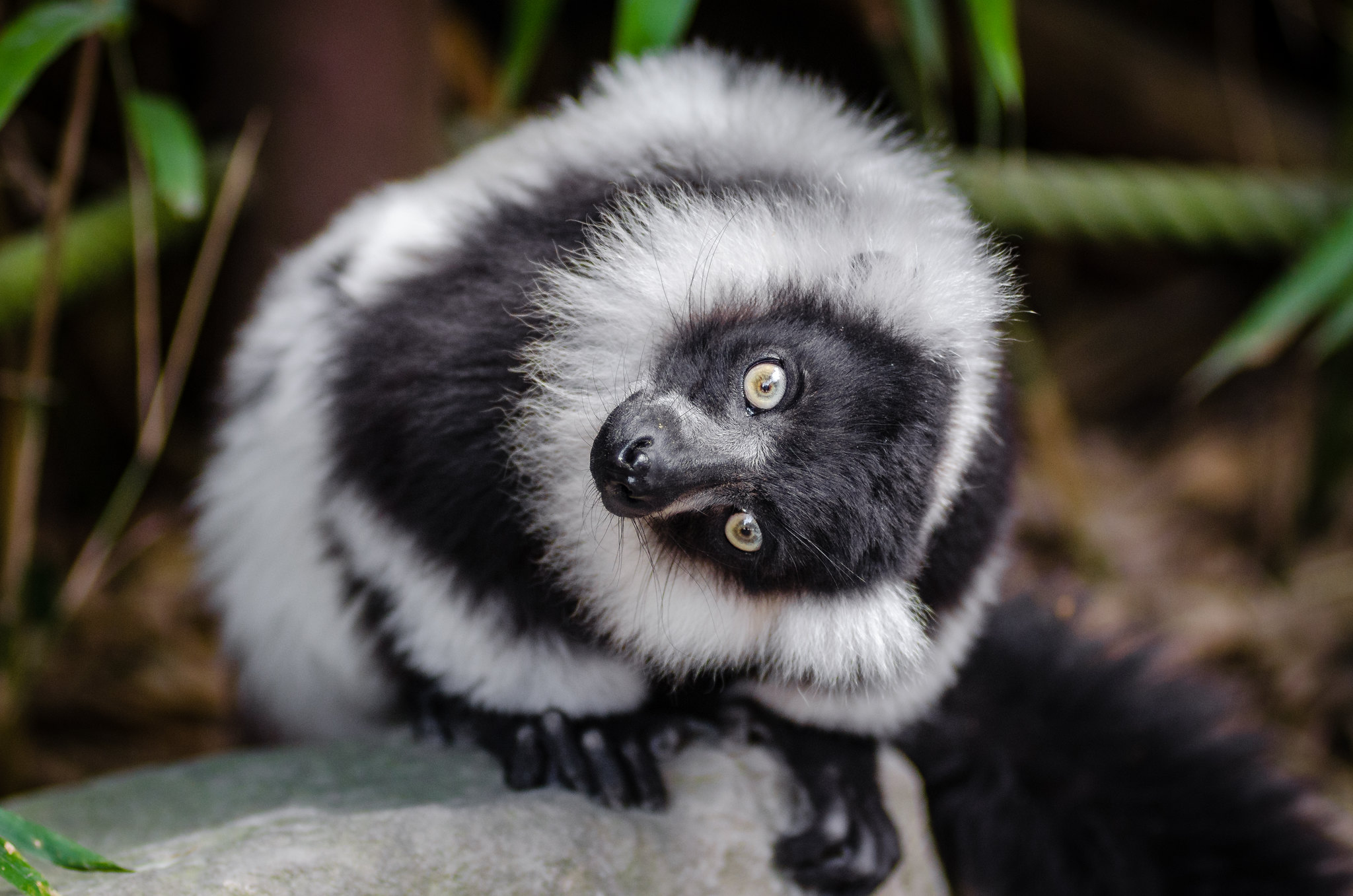This photo of a winter bee collecting pollen, called “First Visitors,” is the work of Germany-based photographer Steven Spence. Here is what he has to say about the photo:
Friday, I had my first visit from a bee this year. Right now all that is in blossom around my place are crocuses, but that seems to be good enough for the first bees of the year.
Bees born at different times of year have different life-cycles. This is a winter bee, which can live longer than the spring and summer bees. A winter bee is a bee born in August or September. Winter bees usually live until April. The spring and summer bees are born between April and July. An average-sized beehive will need 20 kilograms of honey to survive the winter.
To survive the winter, bees retreat into their hives and use their body heat to maintain a comfortable temperature. They feed on their stored honey. When the weather is very cold, winter bees actively vibrate to raise the temperature of the swarm. They take turns on the edge of the swarm, where it is coldest. In this way, the hive can survive with a temperature of 19°C.
In the spring, when the outside temperature reaches 10°C or so, the bees venture out of the hive. They need to quickly gather pollen, as the first broods of spring bees have to be fed. The internal hive temperature needs to be kept at 34°-35°C for the new bees to hatch in April. That means keeping the hive significantly warmer than is required to just make it through the winter. By this time, the honey reserves are dwindling. Early blossoming flowers like crocuses can be helpful for the hives because they can begin to replenish their stores with nectar from flowers. Fortunately, there are plenty of wild crocuses in the fields near my house and I plant them in my yard.
Additional Reading about Winter Bees
German
Einführung in die Imkerei/ Das Bienenjahr
English
The British Beekeepers Association
If you would like to share your science and nature-related work, apply for membership in the Contributors Community.





